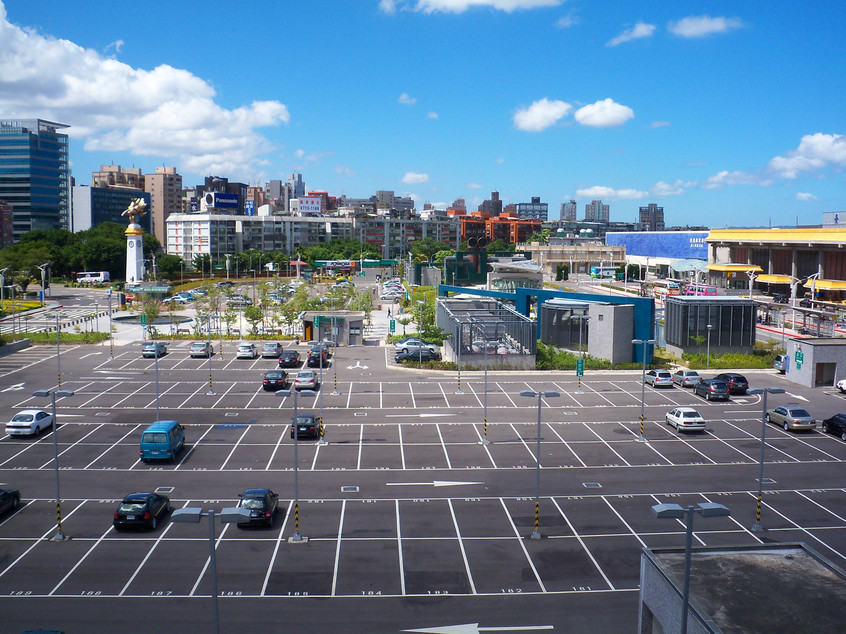Waymo is about to begin the world’s first self-driving taxi service. What does that mean for cities and roads?
Waymo, the self-driving vehicle division of Alphabet and sister company to Google, has begun operating cars in Phoenix, Arizona with no human present. And because the trials have been successful, Waymo will shortly begin offering an app-enabled taxi service.
The launch is a milestone in the emergence of the “connected autonomous vehicle”, or CAV.
“We want the experience of traveling with Waymo to be routine, so you want to use our driver for your everyday needs,” said Waymo chief executive John Krafcik at a conference in Lisbon on Tuesday.
“Fully self-driving cars are here.”
The service is likely to be offered with Lyft, the ride-hailing company, and would be the world’s first commercial application of self-driving technology. It would also position Waymo ahead of a growing crowd of companies competing to offer the variations of self-driving technology and provide the first returns on eight years of research and development.
The company says that since Google started testing in 2009, its CAVs have driven more than 3.5 million autonomous miles on public roads across 20 US cities.

Space reserved for depreciating assets … (Creative Commons)
Krafcik said autonomous vehicles providing mobility as a service may eventually replace personal car ownership.
“Because you’re accessing vehicles rather than owning, in the future, you could choose from an entire fleet of vehicle options that are tailored to each trip you want to make,” he said.
This raises many interesting questions, including how a societal shift to CAV use might affect fuel consumption, congestion, road infrastructure and even real estate.
Happier traffic jams
Zia Wadud, associate professor at the University of Leeds, has argued that potential upsides may be offset by downsides.
For example overall fuel consumption could go down because CAVs, in close touch with each other and the road, could drive at constant speeds and in closely packed “platoons”, which reduces air resistance.
However, with cars now available to people who cannot drive or own a car, the net effect could be to increase the number of cars on roads.
Dovetailing with that, CAVs might increase road network efficiency by driving at speeds made optimum by each car’s total network awareness, but any spare capacity this creates may be soaked up by more CAVs on the road.
At least such traffic jams would be less frustrating for the erstwhile drivers: instead of concentrating on not bumping into the car in front they could nap, read a book or watch a film.
Ruts warning
The very roads themselves, and their infrastructure, may change as well. The RAC Foundation speculated this year that CAVs may require a national roads retrofit.
Among the issues it identified are:
- Systems may be installed to pass information to cars. In a trial in Singapore, dedicated short-range communication beacons at junctions provided updates on traffic conditions, traffic-light, the existence of incidents and roadworks
- The lack of need to brake sharply could have implications for the composition of the road pavement, essentially by reducing the level of friction required, thereby relaxing restrictions on its composition and texture
- On the other hand, the fact that CAVs tend to run in the same wheel tracks may increase the need to maintain roads, and may eventually lead to a change in design to make certain sections of the road more resistant to wear and tear than others
- Lane-keeping systems, which are now a feature of certain cars rely on road markings to determine the boundaries of lanes, which means that the maintenance of road markings may become a higher priority that before.
Goodbye, parking lots
The most profound and widely anticipated effect, however, would be on urban real estate as the need for parking reduces.
Currently, cars owned by people spend much of their days and nights parked. As cars on average spend 95% of their lives stationary, the space involved is immense.
A CAV future would see cars dropping you off and going to do another job, or taking themselves to be charged and maintained at depots in quieter periods.
The question of what cities could do with all that land is tantalising. In Los Angeles, for example, 2,465,272 parking spaces could be used for something else, according to geospatial data company Orbital Insight.
The sudden availability of what is largely wasted space for housing, commerce, recreation and agriculture may turn out to be the biggest, and the best change to be heralded by this week’s Waymo launch.
Top image: Waymo’s five-door saloons have taken over from the wheel-less pods (Waymo)
Further Reading:






